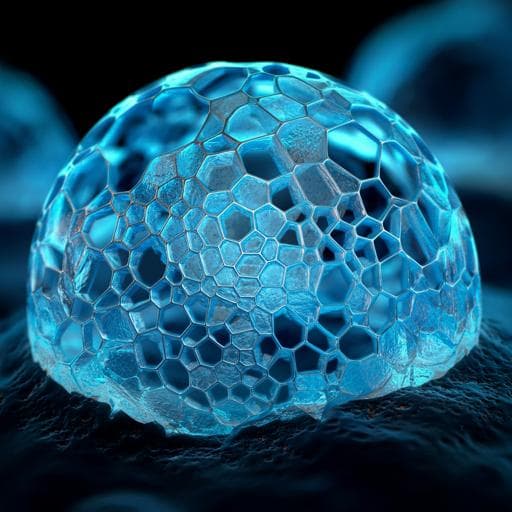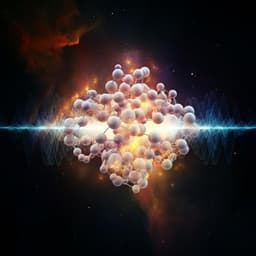
Chemistry
Observation of an exotic state of water in the hydrophilic nanospace of porous coordination polymers
T. Ichii, T. Arikawa, et al.
This groundbreaking research conducted by Tomoaki Ichii, Takashi Arikawa, Kenichiro Omoto, Nobuhiko Hosono, Hiroshi Sato, Susumu Kitagawa, and Koichiro Tanaka uncovers an extraordinary state of water found within the nanopores of porous coordination polymers. With properties akin to solid-liquid supercritical water, this study opens up new possibilities for controlling chemical reactions and exploring solid-liquid critical points.
~3 min • Beginner • English
Related Publications
Explore these studies to deepen your understanding of the subject.







